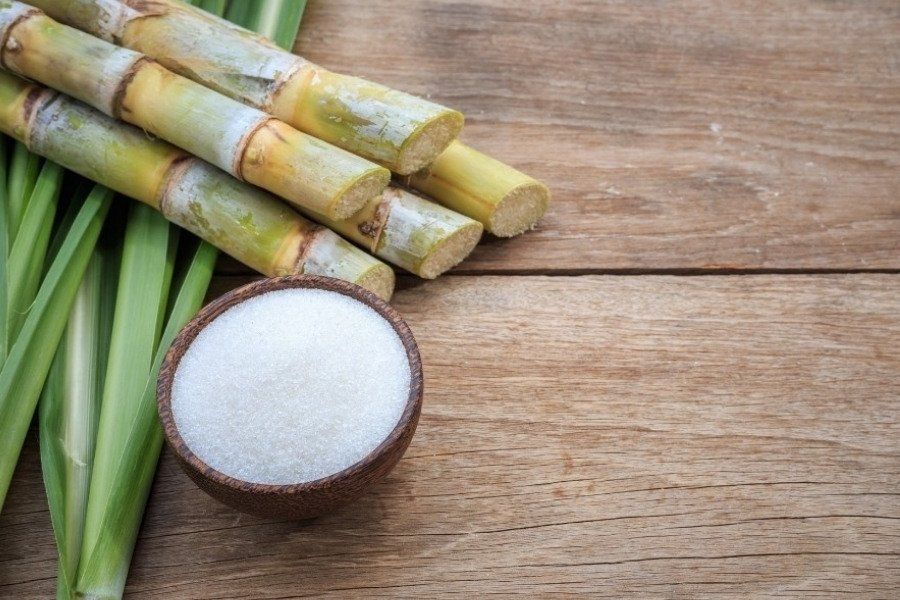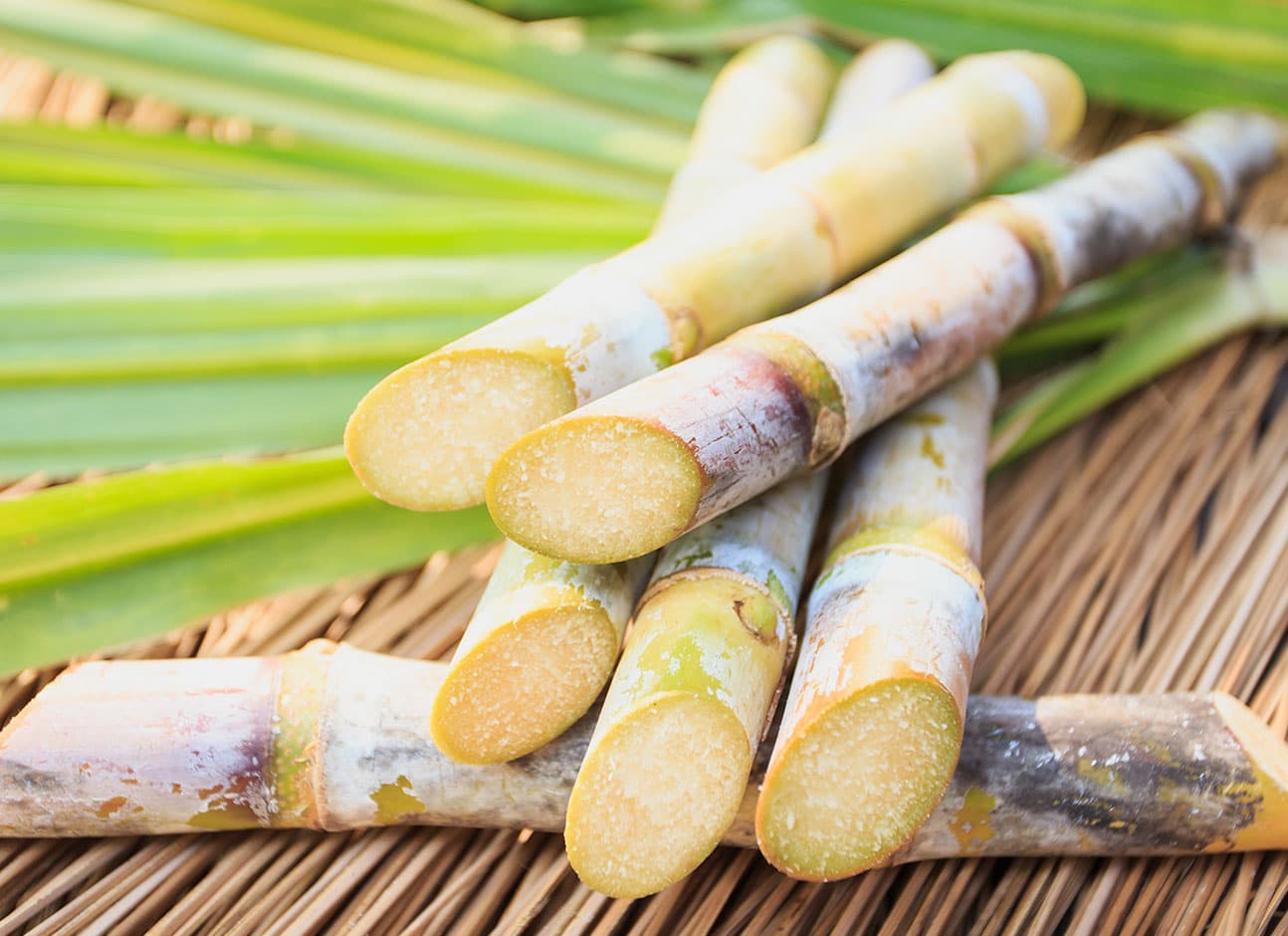The Ultimate Guide to What Are Sugar Canes Used For in Food and Industry
All Concerning Sugar Canes: What Are Sugar Canes Used For and Their Role in Global Agriculture?
Sugar canes serve as a foundation of worldwide agriculture, mostly recognized for their duty in sugar manufacturing. They likewise add to the development of spin-offs like molasses and ethanol. These aspects not just support different markets yet additionally impact financial stability in country areas. Nevertheless, the cultivation of sugar walking sticks encounters significant environmental challenges. Comprehending their diverse role triggers more expedition into their agricultural practices and sustainability efforts.
The Agricultural Process of Sugar Walking Stick Growing
Although sugar walking cane farming might differ by area, the basic agricultural process remains regular. The first step entails selecting high-yielding varieties suitable for local climates. Preparation of the soil is important, commonly needing tillage and the enhancement of fertilizers to boost fertility. Planting commonly happens during the wet period, with farmers making use of either whole stalks or cuttings to establish brand-new crops.As the plants grow, they call for persistent treatment, including weed control, pest administration, and irrigation, relying on the environmental problems. Farmers check the sugar walking cane's growth cycle, which typically spans 10 to 24 months, prior to gathering. Gathering is labor-intensive, commonly performed by hand or with specialized machinery, ensuring minimal damage to the stalks. Following harvest, the walking cane is transported to processing facilities. This thorough growing process not only sustains regional economic climates however additionally plays a substantial duty in worldwide farming methods, adding to food and power supplies.
Sugar Manufacturing: From Walking Stick to Crystal
The journey of sugar manufacturing begins the minute freshly harvested sugar walking stick gets to refining centers. The initial step entails washing and cutting the walking stick to prepare it for removal. Making use of high-pressure rollers, the juice is drawn out from the crushed walking cane, resulting in a wonderful fluid called sugarcane juice. This juice goes through information, where impurities are removed via the enhancement of lime and heat.Next, the cleared up juice is concentrated by boiling it down to develop a thick syrup. This syrup is after that taken shape by cooling down, allowing sugar crystals to form. The crystallized sugar is separated from the remaining syrup, called molasses, through centrifugation.Finally, the sugar crystals are cleaned and dried, leading to the acquainted granulated sugar (What Are Sugar Canes Used For). This process transforms raw sugar cane into an item that is indispensable to different culinary and commercial applications, highlighting the value of sugar in international agriculture
Biofuels and Sugar Canes: A Lasting Future
As the globe progressively seeks lasting energy services, sugar canes have actually become a promising source for biofuels. The biomass originated from sugar walking sticks can be transformed right into ethanol, an eco-friendly gas choice that noticeably lowers greenhouse gas emissions compared to fossil fuels. This process not only offers a cleaner energy resource yet additionally promotes energy freedom for several countries.In enhancement, sugar walking cane farming sustains country economies by producing jobs in both farming and biofuel manufacturing sectors. Using sugar walking canes for biofuel manufacturing likewise urges farming diversification, which can improve dirt wellness and decrease reliance on solitary plants. Moreover, the by-products of sugar walking cane processing can be made use of for electrical power generation, furthermore adding to a sustainable energy cycle. As countries venture to meet sustainable energy targets, sugar walking canes are positioned to play a necessary duty fit a more lasting future in the biofuel landscape.

The Function of Sugar Canes in Drink Production
Sugar walking sticks play a substantial duty in drink manufacturing, acting as a main ingredient in rum and contributing to the sweet taste of lots of sodas. In addition, their all-natural juices are made use of in numerous beverages, boosting flavor and appeal. This flexibility highlights the value of sugar walking sticks in the international drink industry.
Sugar Walking Cane in Rum
Rum production is delicately linked to the cultivation of sugar cane, a crucial plant that offers the necessary fermentable sugars needed for fermentation. This procedure begins with the removal of juice from gathered sugar walking sticks, which is then either fermented directly or refined into molasses. Yeast is added to convert the sugars into alcohol, causing a varied range of rum styles, from light to dark ranges. The geographical region where the sugar cane is grown significantly affects the taste account of the rum, with elements such as dirt kind and climate playing crucial duties. Countries like Barbados, Jamaica, and Cuba are renowned for their rum manufacturing, showing the cultural and historical relevance of sugar walking cane within the global drink industry.
Soft Drinks Sugar Resource

Natural Juice Manufacturing Utilizes
Along with its significant role in soft drink manufacturing, sugar walking cane is likewise crucial in the all-natural juice sector. The juice drawn out from sugar walking cane, called walking stick juice, is celebrated for its natural sweet taste and one-of-a-kind taste account. This juice is frequently taken in fresh in different areas, especially in tropical countries, where it is delighted in as a revitalizing drink. Furthermore, walking stick juice serves as a base component in a range of all-natural fruit juices and smoothie mixes, improving both taste and dietary worth. Its natural buildings make it an attractive choice to sweetening agents, interesting health-conscious customers. Generally, sugar cane's versatility in juice manufacturing highlights its importance in modern drink offerings worldwide.
Innovations in Sugar Walking Cane Byproducts
Advancements in sugar cane byproducts are paving the way for sustainable solutions in different markets. Biofuels stemmed from sugar walking stick supply an alternate energy source, while improvements in lasting product packaging are reducing dependence on traditional materials. These growths highlight the adaptability and possibility of sugar walking stick past its primary usage in drink manufacturing.
Biofuels From Sugar Walking Stick
Just how can the byproducts of sugar walking cane add to lasting energy options? The conversion of sugar walking stick right into biofuels provides an encouraging avenue for renewable resource. By making use of the fibrous deposit, referred to as bagasse, producers can produce bioethanol through fermentation processes. This bioethanol can function as a lasting choice to nonrenewable fuel sources, decreasing greenhouse gas discharges Visit Your URL and reliance on non-renewable resources. In addition, molasses, one more by-product, can be fermented to produce biofuels, taking full advantage of source efficiency. The power generated from sugar walking websites stick not just supplies a cleaner gas resource yet additionally enhances the overall economic feasibility of sugar manufacturing. By incorporating biofuel manufacturing right into their operations, sugar walking cane sectors can play an important role beforehand sustainable power options around the world.
Lasting Packaging Solutions
Lasting product packaging remedies are increasingly being established from sugar walking stick by-products, showcasing the adaptability of this farming staple. Technologies such as eco-friendly plastics originated from bagasse, the coarse residue left after juice extraction, are gaining grip. These materials provide an environment-friendly option to traditional plastics, reducing dependence on fossil gas and reducing carbon footprints. In addition, sugar cane-based product packaging is compostable, breaking down normally without harming the atmosphere. Companies are currently checking out these choices to line up with consumer need for sustainability. As understanding of plastic pollution expands, the adoption of sugar cane-derived product packaging is expected to rise, placing sugar walking canes as an essential player in the change to greener packaging options in various sectors.
Economic Effect of Sugar Walking Cane Farming

Although sugar walking cane farming has deep origins in lots of economies, its financial influence extends much past farming manufacturing. This plant works as a significant income for numerous farmers worldwide, particularly in establishing countries where farming is a primary resources. Sugar walking stick contributes to neighborhood economic climates with work creation in processing, growing, and harvesting. The sector also promotes growth in relevant industries such as transportation, devices production, and food processing.Furthermore, sugar walking cane is a principal in worldwide profession, affecting global markets and prices. Countries that create sugar walking stick typically count on exports to enhance their financial security. The by-products of sugar walking stick, such as ethanol and molasses, diversify profits streams for farmers and include value to the farming market. In general, the financial ramifications of sugar walking cane farming are extensive, impacting not only farmers yet likewise whole neighborhoods and nationwide economies.
Environmental Factors To Consider in Sugar Walking Stick Growing
While sugar walking stick farming plays a necessary function in many economies, it likewise raises substantial environmental problems that can not be overlooked. The considerable use fertilizers and chemicals in sugar walking stick farming usually results in dirt deterioration and water air pollution. Runoff from these chemicals can contaminate nearby water bodies, hurting aquatic ecological communities. Furthermore, the monoculture techniques common in sugar walking cane farming decrease biodiversity, making ecological communities a lot more at risk to bugs and diseases.Deforestation is another essential concern, as land is frequently gotten rid of to make method Read Full Report for sugar ranches, bring about habitat loss for wild animals and increased carbon exhausts. Furthermore, the high water usage needed for sugar cane irrigation can strain regional water sources, particularly in dry areas. As international need for sugar remains to climb, dealing with these ecological difficulties becomes necessary to ensure sustainable techniques in sugar cane cultivation.
Regularly Asked Inquiries
What Are the Nutritional Conveniences of Sugar Cane?
The dietary advantages of sugar cane mostly include its high carbohydrate web content, giving power. Additionally, it includes vitamins, minerals, and antioxidants that may support overall health, though moderation is necessary as a result of its sugar web content.
Just How Does Sugar Walking Stick Affect Resident Ecosystems?
Sugar walking stick cultivation can considerably affect local communities by changing land usage, affecting biodiversity, and calling for substantial water sources. Furthermore, it may cause dirt deterioration and pesticide overflow, interrupting surrounding environments and wild animals populations.
What Is the History of Sugar Cane Cultivation?

Exist Alternatives to Sugar Cane for Sugar Production?
Alternatives to sugar cane for sugar manufacturing include sugar beets, corn, and numerous exotic plants like sorghum and agave (What Are Sugar Canes Used For). These crops offer varied sources of sweetness, each with unique growing requirements and ecological impacts
Just How Do Weather Patterns Impact Sugar Walking Stick Returns?
Weather condition patterns greatly affect sugar walking stick returns with temperature level fluctuations, rainfall quantities, and seasonal cycles. Drought or too much rainfall can impede development, while excellent conditions improve photosynthesis, ultimately impacting the amount and quality of the harvest. The trip of sugar production begins the minute freshly harvested sugar walking cane shows up at processing facilities. The taken shape sugar is divided from the staying syrup, recognized as molasses, through centrifugation.Finally, the sugar crystals are washed and dried, resulting in the acquainted granulated sugar. Rum manufacturing is elaborately connected to the growing of sugar cane, a crucial crop that supplies the necessary fermentable sugars needed for fermentation. In addition, the monoculture practices widespread in sugar walking stick farming lower biodiversity, making environments a lot more at risk to insects and diseases.Deforestation is one more crucial concern, as land is often gotten rid of to make method for sugar plantations, leading to environment loss for wildlife and raised carbon emissions. Alternatives to sugar cane for sugar manufacturing include sugar beetroots, corn, and different exotic plants like sorghum and agave.